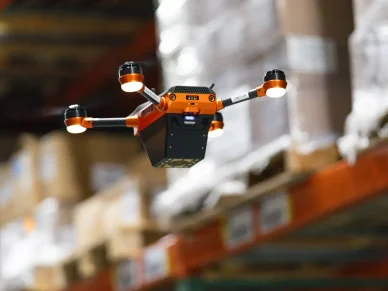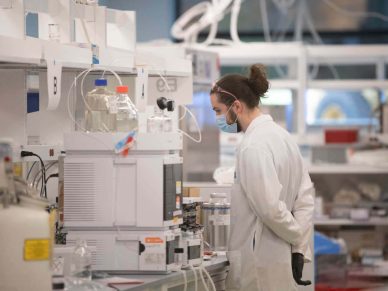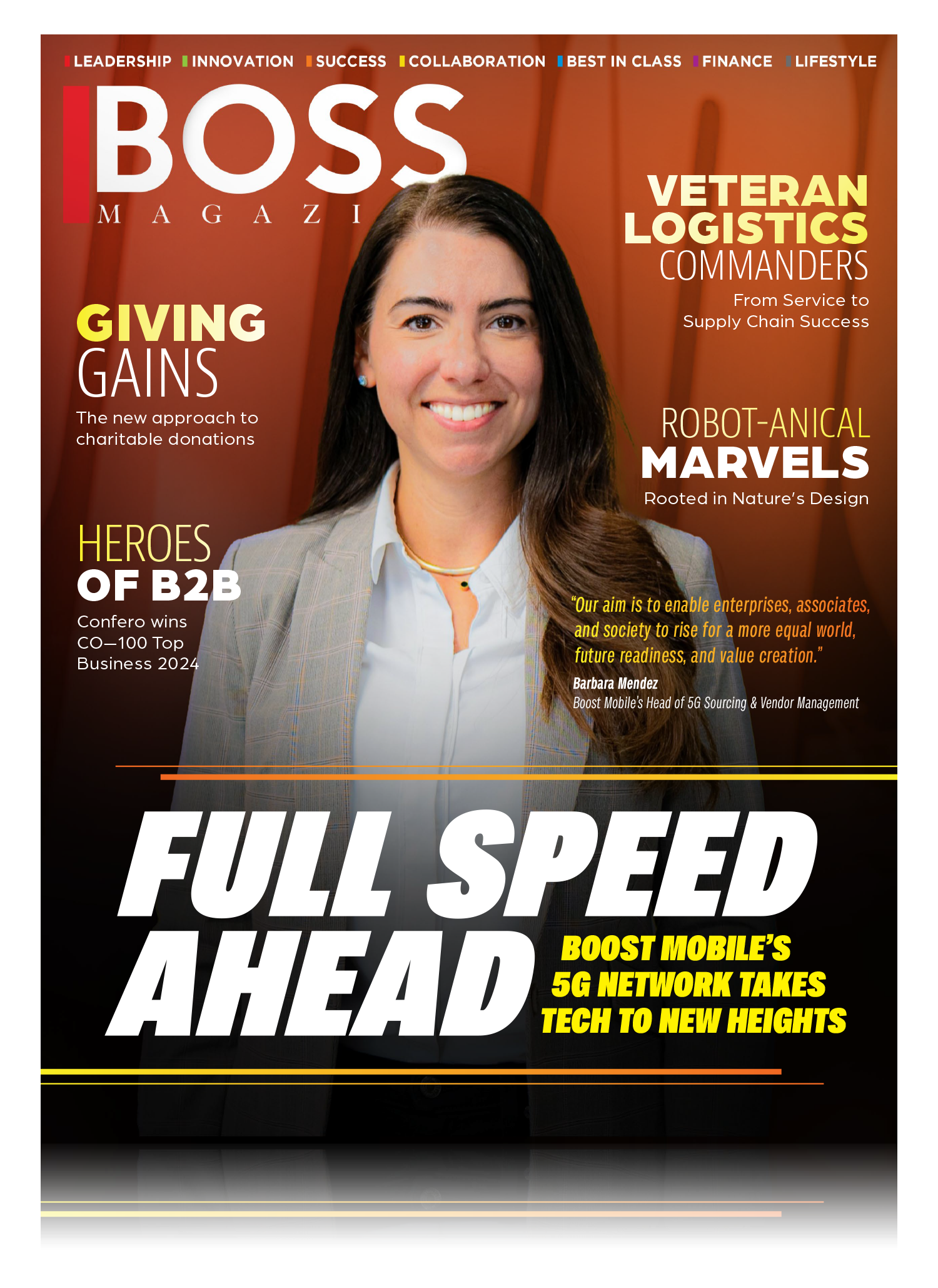Webex’s Aruna Ravichandran details how to spark innovation and collaboration for the future of hybrid work
Work is a big part of life, and like everything else in life, it’s constantly changing. What’s unique about this moment in time is the shift where work takes place. There used to be a time when work was done at work, and home was at home. The Covid-19 pandemic and advancing technology blurred those lines, in ways both good and bad. There are still jobs that can only be done in person, but the more service-oriented economies of the 21st century make it possible for a lot of work to be done just about anywhere. Organizations continue to question, though, how much work can be done, and how well, if employees don’t gather in a central office to work. After nearly four years now of large-scale remote and hybrid work, a lot of companies are pushing for employees to return to the office, at least part of the time.

Aruna Ravichandran
“They’re worried that collaboration and innovation won’t happen,” Aruna Ravichandran, senior vice president and chief marketing officer for Webex by Cisco, told BOSS, “because before the pandemic a lot of people used to have water cooler conversations, where they would come into the office, they would socialize in the office, and that is where the ideas and innovations were being created.”
To entice workers back, she says, companies have to make the commute worth it. “What employers are struggling with is how to make the office a magnet and not a mandate.”
To facilitate that, Webex has been working on a suite of tools to make sure everyone is included no matter where they’re working from on a given day.
Set Up for Success
Given schedules, size, and a host of other factors, it’s rare to have a meeting these days in which every person is present. Webex research found that 98% of meetings have at least one remote participant. A Morgan Stanley report found that only 15% of conference rooms worldwide are video-enabled. The result is that either remote team members are left out, along with their contributions, or people who are in the office just join a teleconference from their own desks.
“If the offices are not equipped with the right video technology, they’re going to be huddled in front of their laptop, and their home setup is going to be better than their office setup,” Ravichandran said.
Employees don’t want to come to the office just to sit on a conference call at their desks, the whole time muttering to themselves that they would be better off at home. The solution is to find new ways to recreate those watercooler conversations that spark innovation.
An AI Boost
Cisco, which offers its more than 80,000 employees worldwide flexibility in terms of hybrid and remote work, uses a Webex hybrid work suite and Cisco collaboration tools to successfully collaborate. At the WebexOne conference in October, Cisco announced a new AI strategy for Webex that includes an AI Codec to deliver clear audio on teleconferences even when network connections are spotty. It’s working on a similar innovation with Super Resolution video quality to deliver high-definition video regardless of bandwidth limitations.
“We’re at the tipping point of a new era of hybrid work, with AI holding the key to helping us bridge the gap and enable us all to work and communicate to our full potential,” Jeetu Patel, executive vice president and GM for Cisco Security and Collaboration, said.
Real-time media models analyze gestures and other cues that help provide context for meetings that can be helpful in producing text summaries to catch people up on things they might have missed. The Webex AI assistant produces meeting and messaging summaries so employees can get up to speed quickly. Say someone on a teleconference has to step away to take a call. As the real-time media models improve, they might notice that and begin taking notes the person can read once they return to their computer.
The AI assistant also enables better communication, from the ability to change the tone of written messages and real-time translations in more than 100 languages.
“Hybrid work is going to get a huge AI boost,” Ravichandran said. “Especially from a technology perspective, I think AI is going to become a core enabler of simplifying people’s tasks.”
Making Hybrid Really Work
Another product of the pandemic has been an increased focus on employee mental health and combatting burnout. With wellness and empathy as core values at Cisco, Webex has partnered with Arianna Huffington’s Thrive Global to use AI to monitor stress levels in contact center employees, serving them a 60-second Thrive Reset video to calm them and reduce their stress levels before they resume work.
“Technology can become a huge enabler from an empathy as well as a productivity perspective,” Ravichandran said.
She was quick to point out that Webex developed all these innovations using hybrid work, posting great numbers for fiscal year 2023 and with Cisco chosen as one of Forbes’ World’s Best Employers.
“We have about 85,000 employees around the world, and we really have mastered the philosophy around making hybrid work really work. All of our offices are video-enabled, and so we make the commute worth it.”
Pervasive AI “is not going to take away jobs, it’s going to make people’s jobs better so that they can focus their creative skill set on continuing to innovate.”
Gathered around the virtual watercooler, employees can collaborate and create no matter where they’re working from.



















Leave a Reply